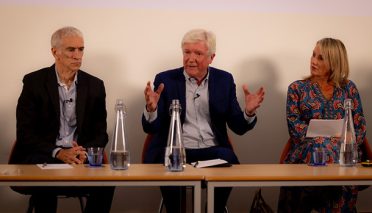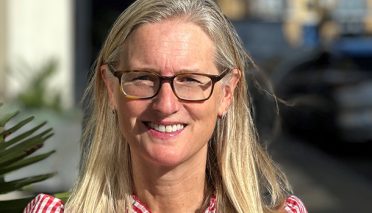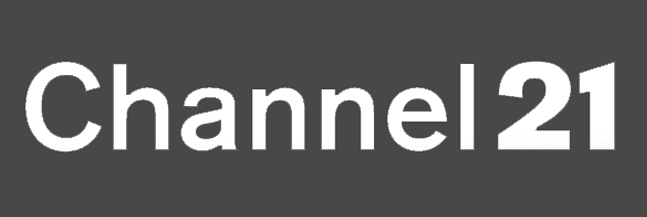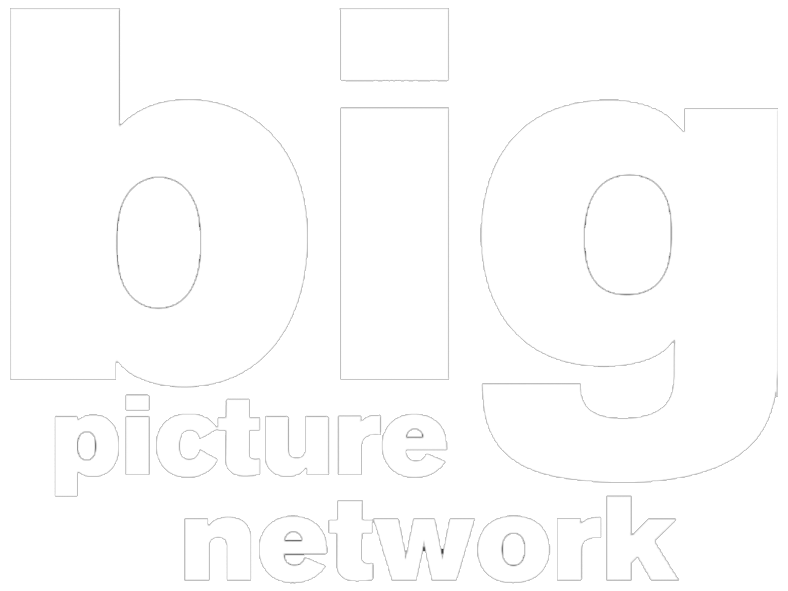 Czech viewers want to see local content and many still turn to free TV, but the younger audience it increasingly willing to pay for what it watches, says Atmedia’s optimistic MD Michaela Suráková.
Czech viewers want to see local content and many still turn to free TV, but the younger audience it increasingly willing to pay for what it watches, says Atmedia’s optimistic MD Michaela Suráková.
2023 was a special year for Prague-based ad sales company Atmedia, as it marked its 15th anniversary. MD Michaela Suráková, who has been at the firm since the beginning, says what makes it different from other Czech sales houses is that it has no ownership relationship with its clients. Indeed, she says of its rivals: “The majority either own a channel or have a close relationship with one.”

Michaela Suráková
Atmedia’s clients include leading international groups such as Disney, Warner Bros, Canal+, AMC and Discovery, which counts among its channels Eurosport 1, home of the Roland Garros tennis Grand Slam tournament. Its regional clients include Digital Broadcasting, operator of the second multiplex in the Czech Republic, and Slovakia’s JOJ, owner of TV brands including thematic film channel JOJ Cinema, which offers international movie genres such as UK comedy-drama The Duke.
Atmedia began this year with a total of 24 measured thematic channels, having added free TV service Spektrum Home and subscription net Canal+ Action to its portfolio in 2023. The latter shows movies and series 24/7 in various genres, among them Keanu Reeves action franchise John Wick.
Figures released by the company show that, in 2023, the thematic channels that it represents reached an audience share of 5.9% in the target 18-69 age group, while for five months of the year it exceeded 6%. Furthermore, all the channels reached an average of 5.4 million TV viewers aged over four a month – equivalent to 58% of the total TV population.
Reflecting on recent changes, Suráková says that the bigger picture still shows the Czech television market effectively being a duopoly. “Advertisers buy [space] on either Nova or Prima, and we are like a third option or addition. But we are already on the majority of media plans,” she says.

Eurosport 1 carries the Roland Garros tournament
What has changed is advertisers’ behaviour since Covid, she claims. Prior to the pandemic, Atmedia’s sale figures stood at around 80% but this fell significantly before bouncing back, with full sell-outs recorded last year. Nevertheless, there were no sell-outs in the autumn and winter, and while a full sell-out is again expected this March, things are not the same.
As a result, adds Suráková, Atmedia is now investigating why clients are not buying TV airtime like before. Nevertheless, she remains confident the situation will improve.
Looking at the market in general, Suráková says there has been significant growth in IPTV in the Czech Republic because people want the time-shift feature. This allows them to rewind and replay programmes and accounts for 11-13% of measured viewing, with time-shift measurement available for up to three days.
She also notes: “We face what all other markets face, which is the loss of young TV audiences.” However, she doesn’t like to talk about competition between TV and online and would rather look at the ecosystem.
Figures published by Atmedia show that in 2023, average daily TV viewing in the Czech Republic was three hours and 39 minutes, or 3% less than the previous year. There were also significant intergenerational differences, with Generation Z (15-24) viewing the least, at only 45 minutes a day, while those in Generation Y (25-34) spent nearly two hours a day watching the small screen.

UK comedy-drama The Duke on JOJ Cinema
“Yes, young viewers use more online than TV. Viewership is decreasing, but the question is, is it really true? Because we see the data we have from current measurements is decreasing.” Such data is only obtained from live TV and time-shift and does not take into account other modes of viewing such as mobile and VoD, she points out.
“It would be my guess it won’t be decreasing – it’s that viewership behaviour is changing. They still watch the content, but on different devices and at different times to what we are accustomed to.”
Suráková also makes the point there is currently around a 50/50 split in the Czech Republic between free TV and pay TV households. Any pay TV channel that manages to achieve maximum distribution (in other words, is offered by all operators on the market) can only reach an audience share of 0.6%. To grow any further, it would need to extend its reach by also being made available as a free TV service.
Although the pay TV sector is growing in the Czech Republic, the popularity of free TV services cannot be understated. Viewers have a wide selection of TV channels that they can receive free of charge and, according to Suráková, they are generally unwilling to pay for TV services or content.
However, in the case of VoD, “we see that this is changing, and it’s also changing with the generations,” she says. “The younger generation is more willing to pay for TV content. And we also see that people in the Czech Republic are willing to pay for approximately two services and €10 [US$10.80] monthly for TV content. They will also switch between services.”
The reason people opt for free TV or pay TV services, Suráková adds, always comes down to content, which, of course, remains king. “Either they want it for free and they have enough or they think it’s not enough and they need pay TV and time-shift.”
Atmedia also undertakes research to reveal how TV channels on the market are perceived. From this, it has found that, among kids’ channels, the public broadcaster’s CT:D is the market leader and that the most popular documentary channels are Discovery and Prima Zoom.

Canal+ Action carries the John Wick film franchise
Another strand of its research relates to the perception of distributors’ brands and why viewers want to use their offers. VoD services and operators are also interested in this research.
Looking again at the streaming market in the Czech Republic, Suráková says 43% of households now use one or more VoD services, with the youngest audiences watching the most. However, the main medium is still TV. “This is still the core,” she says, with streaming simply adding more ways to watch content.
The top three services are Netflix, HBO and CME-owned local service Voyo, with viewers often switching between them and few remainig loyal.
Advertising-supported VoD services are currently under discussion, but Suráková says: “I don’t see it happening in a year or two because the Czech Republic online [offering] is significantly cheaper to other countries.” Unless the market is willing to accept higher prices, there is no real business case yet for ads.
She is, however, slightly more positive about the prospects for addressable TV. Atmedia has investigated this area and concluded that in the case of free TV (the company has four such channels in its portfolio) there would be no issue. The challenge, while not insurmountable, would arise in the pay TV part of its business, as services are provided by a large number of operators.
Looking at programming trends, Suráková says 65% of viewing in the Czech Republic is of local content. In addition, 40% of all broadcast content is local. “So this is always our advice to channels when they enter the Czech market: if you want to attract Czech viewers, you need to have local content.”
Significantly, this is irrespective of whether it is old or current programming. Czech viewers want to see local content “and the numbers show it.”





